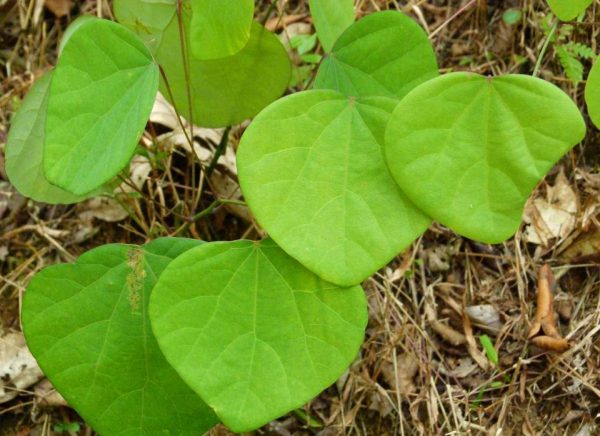Bhanga (Cannabis sativa): The Ancient Herb with Varied Uses
Basonym of Drug: The medicinal plant known as Bhanga is scientifically referred to as Cannabis sativa.
Main Synonyms: In Ayurveda, Bhanga is known by various synonyms, including:
- Vijaya
- Harita
- Jayanti
- Ahiphena
- Madani
- Ganja
- Mundi
- Indrasana
Regional Name: Bhanga is also known by different names in various regional languages. Some common regional names include:
- Hindi: Bhang/Ganja
- Bengali: Bhang
- Kannada: Ganja
- Malayalam: Ganja
- Marathi: Bhang
- Tamil: Ganja
- Telugu: Ganja
Botanical Name: The botanical name of Bhanga is Cannabis sativa.
Family: Bhanga belongs to the Cannabaceae family.
Classification of Dravya (Gana) as described in Charak and Sushrut: In the classical Ayurvedic texts of Charak and Sushrut, Bhanga is classified as follows:
- Charak: Bhanga is categorized under the group of “Anilghna,” which means it counteracts the effects of wind and Vata disorders.
- Sushrut: In Sushrut Samhita, Bhanga is classified as a “Kandughna” drug, indicating its use in relieving itching and skin-related conditions.
External Morphology: Bhanga is an annual herbaceous plant with a height ranging from 1 to 5 meters. The leaves are palmately compound with serrated leaflets. The flowers are small, greenish, and occur in axillary clusters. The plant produces small, nut-like fruits.
Useful Parts: The useful parts of Bhanga are primarily the leaves, flowering tops, and resin.
Important Phytoconstituents: Bhanga contains various phytochemicals, including cannabinoids like THC (tetrahydrocannabinol) and CBD (cannabidiol). The presence of these compounds is responsible for its psychoactive and medicinal properties.
Rasa Panchaka: The Rasa Panchaka (five tastes) of Bhanga is as follows:
- Rasa (Taste): Bitter (Tikta), Pungent (Katu)
- Guna (Quality): Light (Laghu), Dry (Ruksha)
- Virya (Potency): Heating (Ushna)
- Vipaka (Post-digestive taste): Pungent (Katu)
Action on Dosha, Dhatu, and Mala: Bhanga primarily pacifies the Kapha and Vata doshas. It acts on the Rakta (blood) and Mamsa (muscle) dhatus and has an effect on the Purisha (stool).
Prayogarha Vyadhi (Therapeutic Indications): Bhanga is utilized in Ayurvedic medicine for various therapeutic purposes. Some of its essential indications include:
- Pain relief (Vedanasthapana)
- Nervous system disorders
- Appetite stimulant
- Antipyretic properties
- Analgesic properties
- Anti-inflammatory properties
Amayikaprayoga and Matra (Therapeutic Administration and Dose): Bhanga can be used in various forms, and the dosage depends on the specific application and the individual’s condition. Commonly used forms include:
- Decoction: 20-50 ml, once or twice a day
- Powder (for medicinal purposes): 0.5-1 gram, once or twice a day
Vishishta Yoga (Names of Important Formulations): Bhanga is an integral component of some Ayurvedic formulations. Some notable formulations include:
- Bhanga Taila
- Bhanga Churna
Vishakta Lakshan (Adverse Effects): Bhanga should be used with caution and under the guidance of a qualified Ayurvedic practitioner, as excessive consumption or misuse may lead to adverse effects on the nervous system and mental health.
Chikitsopachara (Remedial Measures): Due to its potent nature, Bhanga should be used judiciously and in appropriate dosages as per the condition being treated. It is best utilized under the guidance of an experienced Ayurvedic physician.
Shodhana (If Required): Bhanga can be purified by frying it’s dried leaves with Ghee (Ghrita).
Bhanga’s diverse properties have made it a herb with both medicinal and recreational uses. However, its psychoactive effects highlight the importance of using it responsibly and under the supervision of a qualified healthcare professional. In Ayurveda, Bhanga has been utilized for its potential therapeutic benefits, but its usage requires careful consideration and adherence to traditional principles of Ayurvedic medicine.



